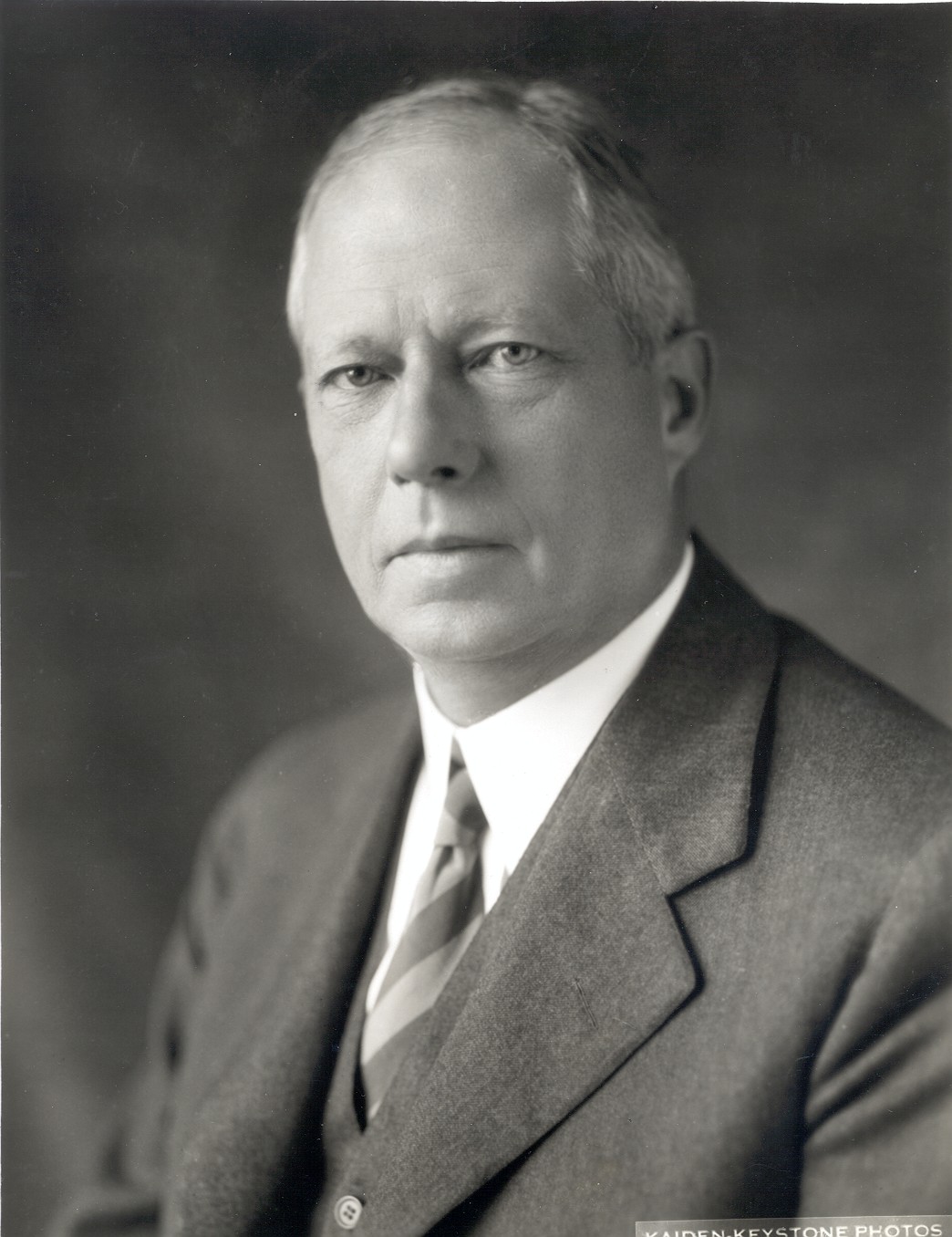Bancroft Gherardi
Born 6 April 1873
Died 14 August 1941
Early Life and Education
Bancroft Gherardi was born in San Francisco on 6 April 1873, son of Bancroft and Anna Talbot (Rockwell) Gherardi. His father was an officer in the Navy, eventually rising to Rear Admiral. Given that the younger Gherardi would become an important engineer in telecommunications, it is interesting to note that the father, as Senior Watch Officer of the USS Niagara, took part in the laying of the first transatlantic telegraph cable in 1858.
Gherardi received his B.S. from the Polytechnic Institute of Brooklyn in 1891. He spent the following three years as a postgraduate student of engineering at Cornell University, receiving an M.E. degree in 1893 and an M.M.E. in 1894. He married Mary Hornblower Butler in Patterson, NJ in 1898.
Bell System Career
He began his professional career in 1895 as engineering assistant with the Metropolitan Telephone & Telegraph Co., inspecting and testing cables. Three years later, upon the formation of a traffic engineering department (the first in the industry in the US), Gherardi was appointed engineer in charge. In 1901 Gherardi was made engineer of the New York & New Jersey Telephone Co. Upon the merger of the company with New York Telephone Co., in 1906, he became assistant chief engineer.
Much of his research and innovations resulted in practical improvements in efficiency for the company’s service. Cables were at the center of his early work. Underground cables were coming into increasing use as overhead wires were becoming unworkable in dense urban areas. He demonstrated that telephone transmission followed the same laws of attenuation as lower frequency telegraph, and showed that it would be an improvement to use less efficient cable with a greater number of pairs for the ‘last mile’ connections between customers and the central office, while using thicker, more efficient cables for trunk lines. He also supervised the construction of a "loaded" cable between New York City and Newark, NJ, the first commercial application of cable loading, a recent invention of Michael I. Pupin for improving transmission on telephone circuits.
Theodore N. Vail recognized Gherardi's abilities, and when Vail became president of the American Telephone & Telegraph Co. (the Bell System parent company) in 1907, he took Gherardi into headquarters as equipment engineer. Two years later he was made engineer of plant, in charge of plant development and standardization of the Bell system, and served in that position until 1918 when he was promoted to acting chief engineer. During the next year he was made chief engineer and from 1920 until his retirement in 1938 was vice president and chief engineer of the American Telephone & Telegraph Co.
Although a strong supporter of fundamental research, his role at AT&T focused on the engineering and management surrounding the practical transfer of new instrumentation into the field. Through his long career he became recognized as one of the foremost authorities on telephone engineering, and identified with several significant developments including the opening of the trans-continental telephone service in 1915 and the trans-Atlantic radio telephone service in 1927. He held a number of patents on telephone and radio devices.
Professional Organizations and Awards
Gherardi became a Fellow of the American Institute of Electrical Engineers in 1912, and served as both vice president and president of the organization. He was also a member of the United Engineering Society, American Society of Mechanical Engineers, American Standards Association, National Academy of Sciences, New York Electrical Society, Franklin Institute, Sigma Xi, Chi Psi, the University, Cornell, Engineers and Machinery Club on New York. He was active for a number of years in the affairs of the Polytechnic Institute of Brooklyn, being president of its alumni association in 1914-16 and a member of the board of trustees from 1917 to 1923, and in 1933 was awarded an honorary D. Eng. degree by that institute. In 1932 he was awarded the Edison Medal of the American Institute of Electrical Engineers "For contributions to the art of telephone engineering and the development of electrical communication."
Gherardi died at French River, Ontario, Canada on 14 August 1941.
Further Research
Buckley, Oliver E. Bancroft Gherardi 1873-1941: A Biographical Memoir. (Washington DC: National Academy of Sciences, 1957)
